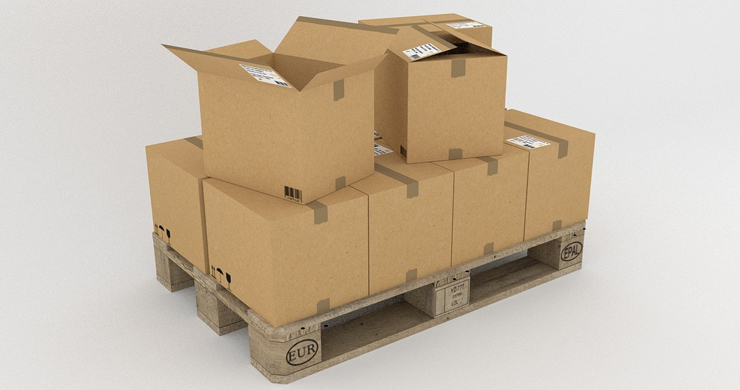Logistics is a critical part of the supply chain and its efficiency can make the difference between a company’s success and failure. Technology has revolutionized the field, offering innovative solutions to common logistics problems. Below, we explore how various technologies, including Warehouse Management Systems (WMS), can transform your company’s logistics.
Warehouse Management Systems (WMS)
- Inventory optimization: A WMS provides real-time visibility into inventory levels, allowing you to manage stock more efficiently. This helps avoid both overstock and shortages, ensuring that you always have the products you need when you need them.
- Improved picking and packing accuracy: Errors in picking and packing are a common cause of inefficiency and additional costs. A WMS uses technologies such as voice picking and barcode scanning to increase accuracy and reduce errors.
- Location management: Optimizing product locations within the warehouse can significantly reduce search and pick times. A WMS assigns optimal locations for each item, improving operational efficiency.
Autonomous vehicles and robots
- Automation of repetitive tasks: Autonomous vehicles and robots can take on repetitive, physical tasks, freeing workers for more complex and strategic tasks. This includes everything from transporting goods within the warehouse to sorting products.
- Reduced human error: Robots and autonomous vehicles operate with consistent precision, which reduces errors and improves efficiency. In addition, their ability to work 24/7 without the need for breaks significantly increases productivity.
Internet of Things (IoT)
- Real-time tracking: The implementation of IoT devices enables real-time tracking of goods throughout the supply chain. This provides valuable information on the location and status of products, improving visibility and traceability.
- Predictive maintenance: IoT sensors can monitor the condition of equipment and machinery in the warehouse, alerting to potential failures before they occur. This enables predictive maintenance, reducing downtime and repair costs.
Big Data and advanced analytics
- Predictive analytics: The use of big data and advanced analytics makes it possible to forecast future demand and adjust logistics operations accordingly. This helps optimize inventory levels and better plan transportation routes.
- Route optimization: Advanced analytics algorithms can optimize delivery routes, considering factors such as traffic, weather conditions and delivery schedules. This not only reduces transportation costs, but also improves punctuality and customer satisfaction.
Artificial intelligence (AI) and machine learning
- Decision automation: Artificial intelligence can automate many logistics decisions, such as routing, inventory management and demand planning. This reduces manual workload and improves the accuracy and efficiency of operations.
- Personalization of services: AI can analyze customer behavior patterns and offer personalized services, such as delivery times tailored to customer preferences or product recommendations based on past purchases.
Blockchain
- Traceability and transparency: Blockchain technology provides an immutable record of all transactions and movements of goods throughout the supply chain. This improves traceability and transparency, making it easier to detect and resolve problems such as counterfeit and stolen goods.
- Smart contracts: Automated smart contracts using blockchain can simplify and secure logistics transactions, reducing processing times and eliminating unnecessary middlemen.
Conclusion
Technology is transforming logistics, providing innovative solutions to common problems and improving operational efficiency. From Warehouse Management Systems (WMS) to artificial intelligence, IoT and blockchain, these technologies are redefining the way we manage the supply chain. Adopting these technology solutions can not only solve current logistics problems, but also prepare your company for future challenges, ensuring a more efficient, transparent and cost-effective operation.
You may also be interested in…





